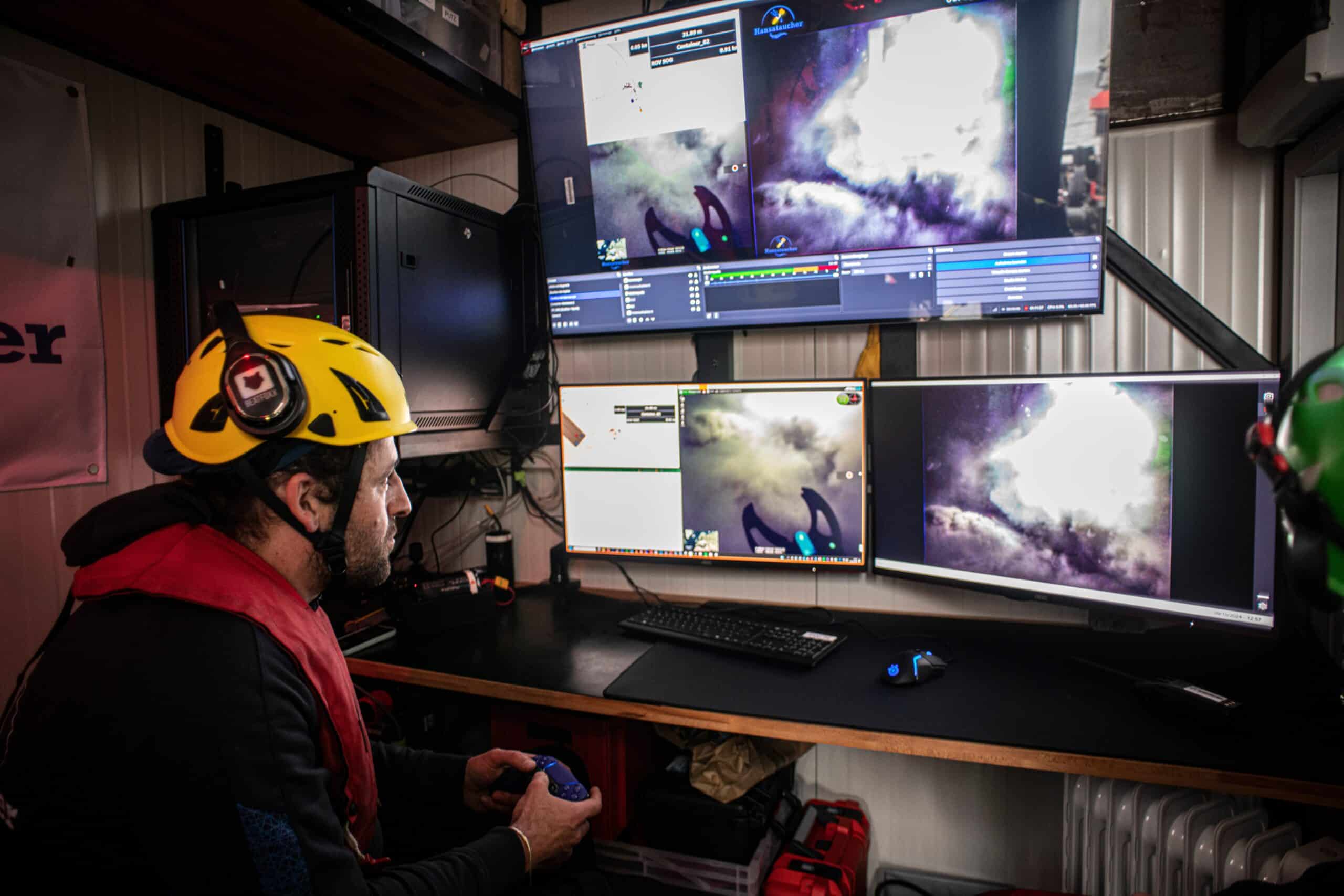Reclaiming the Baltic: Robots Lead the Charge in Recovering Underwater Explosives
In the serene waters of the Bay of Lübeck, near northern Germany’s picturesque beaches, a groundbreaking cleanup effort is underway. Teams equipped with cutting-edge underwater robotics are scouring the seabed for remnants of World War II—discarded naval mines, torpedoes, and other hazardous munitions. This effort marks a pivotal step towards addressing decades-old environmental and security threats caused by the hasty post-war disposal of explosives into the Baltic Sea.
The Problem Beneath the Surface
In the aftermath of World War II, Allied forces dumped millions of tons of German munitions into the region’s waters to swiftly dismantle the Nazi arsenal. While this method was seen as a quick fix, it left behind a ticking environmental time bomb. Toxic chemicals from corroding explosives, such as TNT, have been found contaminating marine life, including fish and mussels, at alarming rates. Studies reveal that fish near dump sites suffer from significantly higher rates of liver tumors and other organ damage.
“We’re not just talking about scattered unexploded bombs; we are dealing with millions of munitions that were hastily discarded,” Germany’s Environment Minister Steffi Lemke emphasized during a visit to the cleanup site.
Robots Revolutionize Munitions Disposal
Until now, underwater munitions disposal has largely relied on divers—an expensive, time-consuming, and hazardous process. However, the pilot project in the Bay of Lübeck is leveraging advanced technology to automate and streamline the effort. Remotely operated vehicles (ROVs) equipped with cameras, sensors, and grabber arms are being used to locate, identify, and safely retrieve munitions from the ocean floor. Once recovered, the explosives are carefully sealed in specialized containers for disposal.
“The technology is proving to be a game-changer,” said Dieter Guldin, leader of the SeaTerra team, which oversees the operation. “We’ve reached the point where we’re using machine learning programs and comprehensive databases to speed up the identification process and improve safety.”
Environmental Remediation at Scale
The project, funded by €100 million from the German government, aims to develop scalable solutions to clear munitions safely and efficiently. Key advancements include the potential creation of a floating disposal facility that would incinerate explosives near dump sites, eliminating the need for risky overland transport to established facilities.
“The floating facility could handle large-scale disposal on-site and significantly reduce logistical challenges,” explained Wolfgang Sichermann, a naval architect supervising the initiative.
Challenges and the Road Ahead
Despite the promising results, challenges remain. Poor underwater visibility and lighting occasionally hinder remote operations, and there are limits to how much can be done without human intervention. While robotic crawlers and AI-powered tools are advancing rapidly, experts like Guldin insist that skilled divers and explosives disposal specialists will still play an essential role in sensitive operations.
Looking forward, the team hopes to refine their technologies further and scale operations to address the immense backlog of underwater munitions—not just in the Baltic but globally. However, as Sichermann points out, future progress will depend heavily on securing sustained investment in environmental remediation.
A Global Opportunity
Beyond Germany, countries around the world are grappling with similar underwater munitions challenges. From the Caribbean to the Pacific, old military stockpiles continue to pose environmental and security risks. With the right backing, the technologies being piloted in the Baltic could provide a blueprint for tackling this global issue.
For nations looking to address environmental hazards caused by past conflicts, investing in innovative solutions like these robots could be the key to long-term sustainability and safety.







